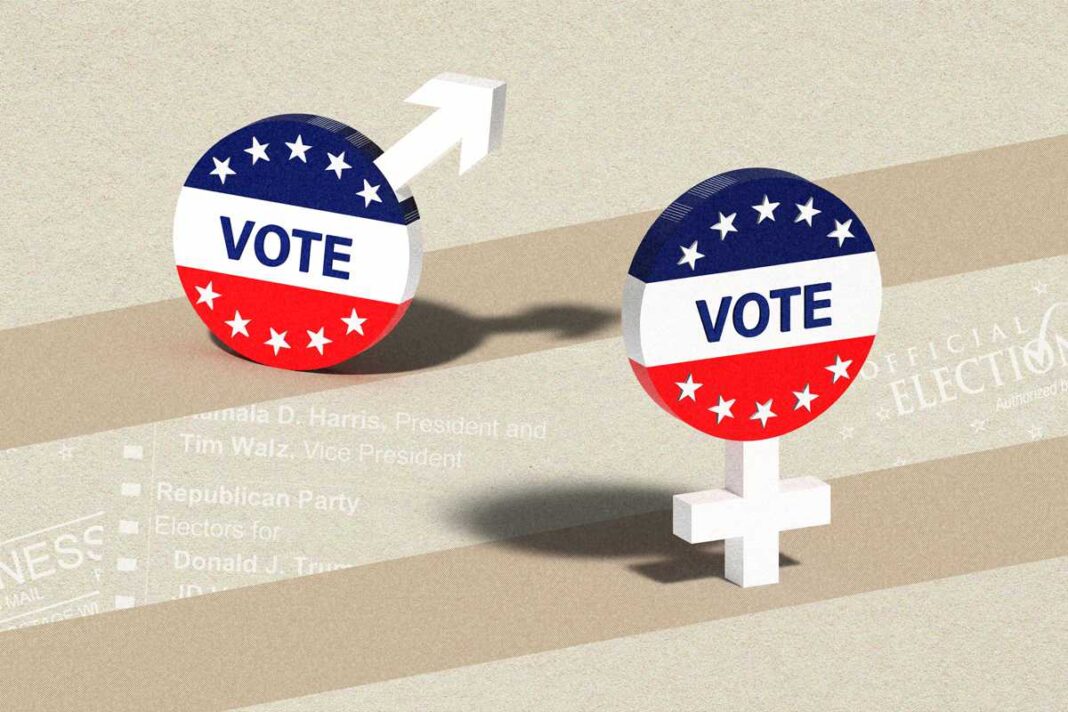
More men have voted Republican and more women Democrat for four decades; this year the initial split appears wider than ever.
The political gap between women and men has widened since 2020, according to some recent polls.
Given that a slight majority of voters are women, an uptick in voter turnout along gender lines could swing the election, some analysts say.
However, some point to indications that the gap may be decreasing in the final days before the election. Others say identity factors such as education and race may play a bigger role in shaping voters’ intentions.
Women have preferred Democrats and men Republicans since the 1980 election. Men favored Ronald Reagan by a 17-point margin, while women voted for Jimmy Carter and Reagan in roughly equal numbers, according to Roper Research.
A September poll from The New York Times/Marist Poll shows that Vice President Kamala Harris, the Democratic presidential nominee, held an 11-point advantage with female voters, while former President Donald Trump, the Republican nominee, held a 17-point advantage with male voters.
Harris’s margin among women matches the advantage candidate Joe Biden enjoyed in 2020, according to Pew Research. That year, men voted in roughly equal numbers for Biden and Trump.
Some analysts say the gap could reach historic proportions this election.
“In this one, the surprise would be if it doesn’t set a record, and that would be anything, I believe, over 20 percent,” Lee Miringoff of the Marist Poll told The Epoch Times.
One reason for the widening gap could be higher voter engagement in this election, which would magnify men’s and women’s existing gender preferences. As Harris seeks to turn out more and more women and Trump attracts more and more men, the gap widens, assuming one candidate does better than the other, Miringoff explained.
“There are two things that are being considered. One is preferences, and that creates the gap,” Miringoff said. “The other is the turnout, and whether one group, one gender, actually becomes a bigger part of the election.”







